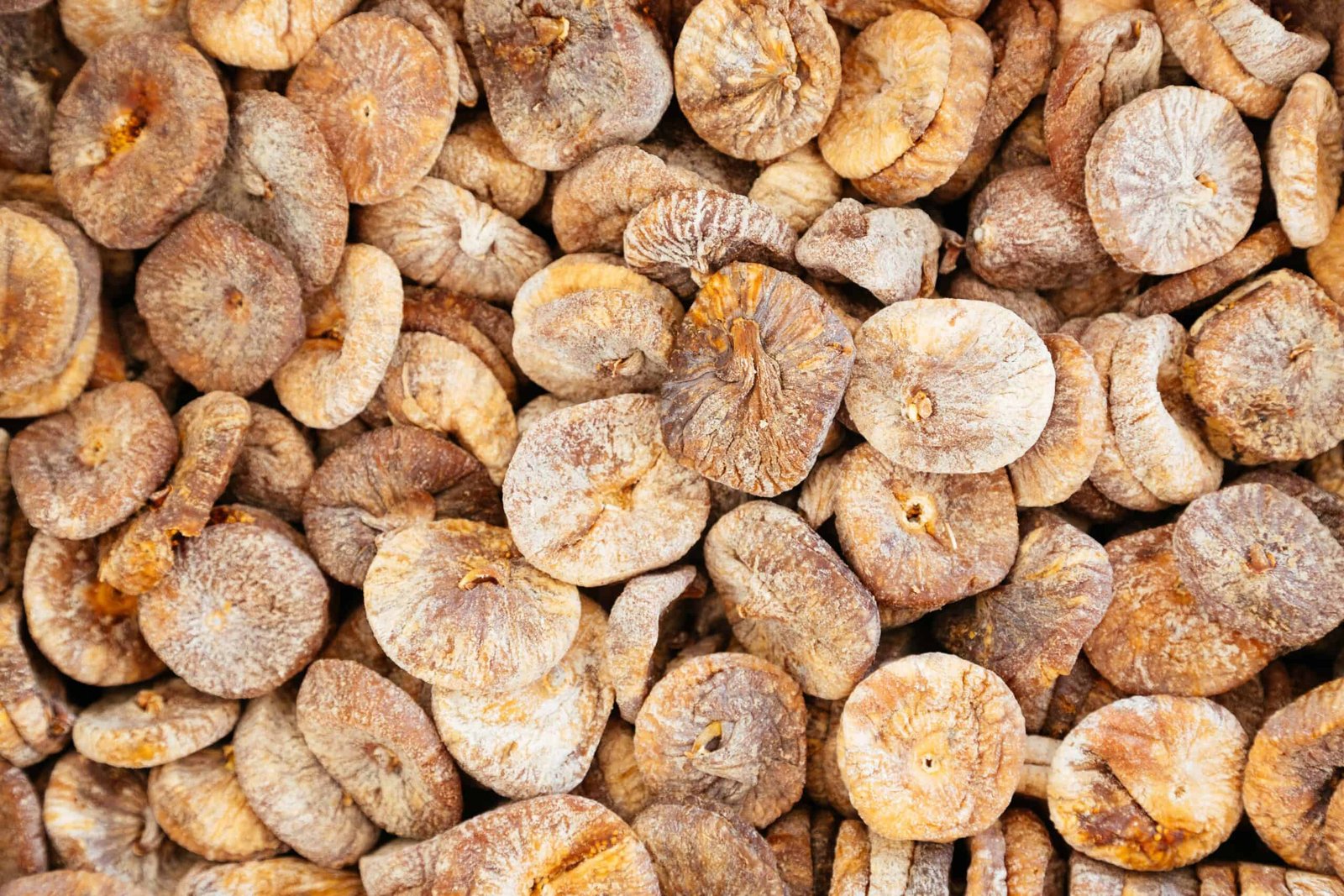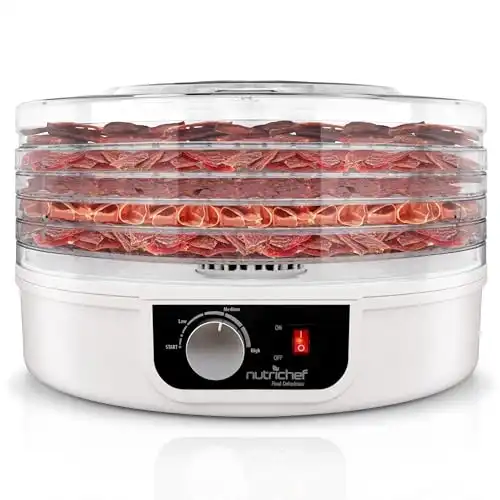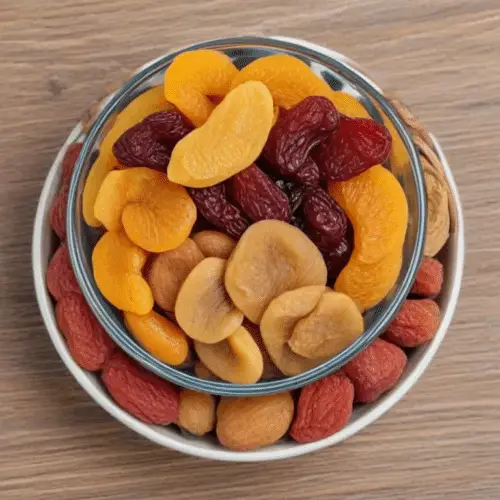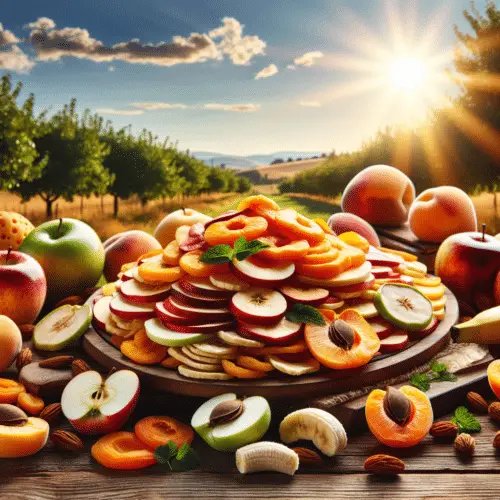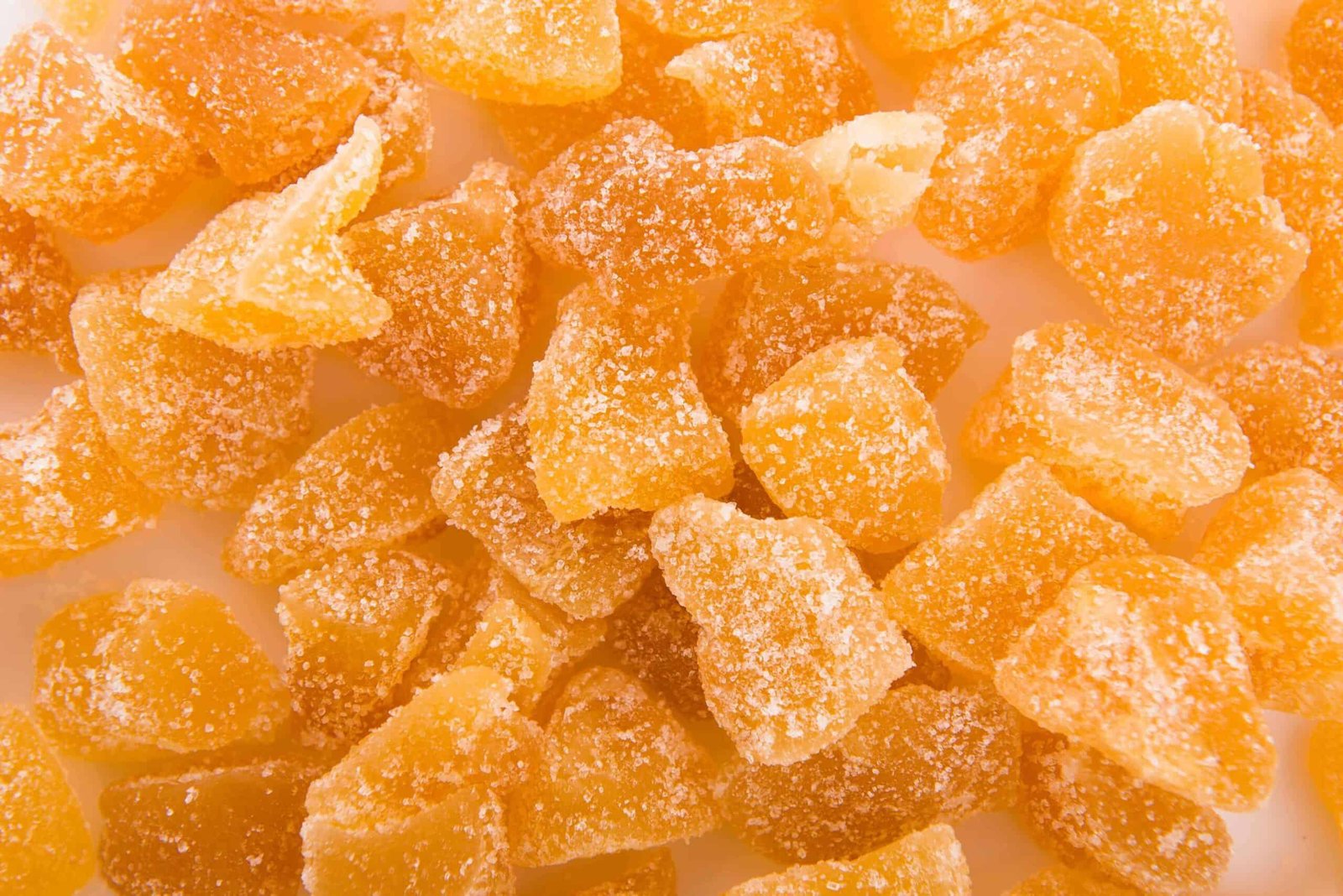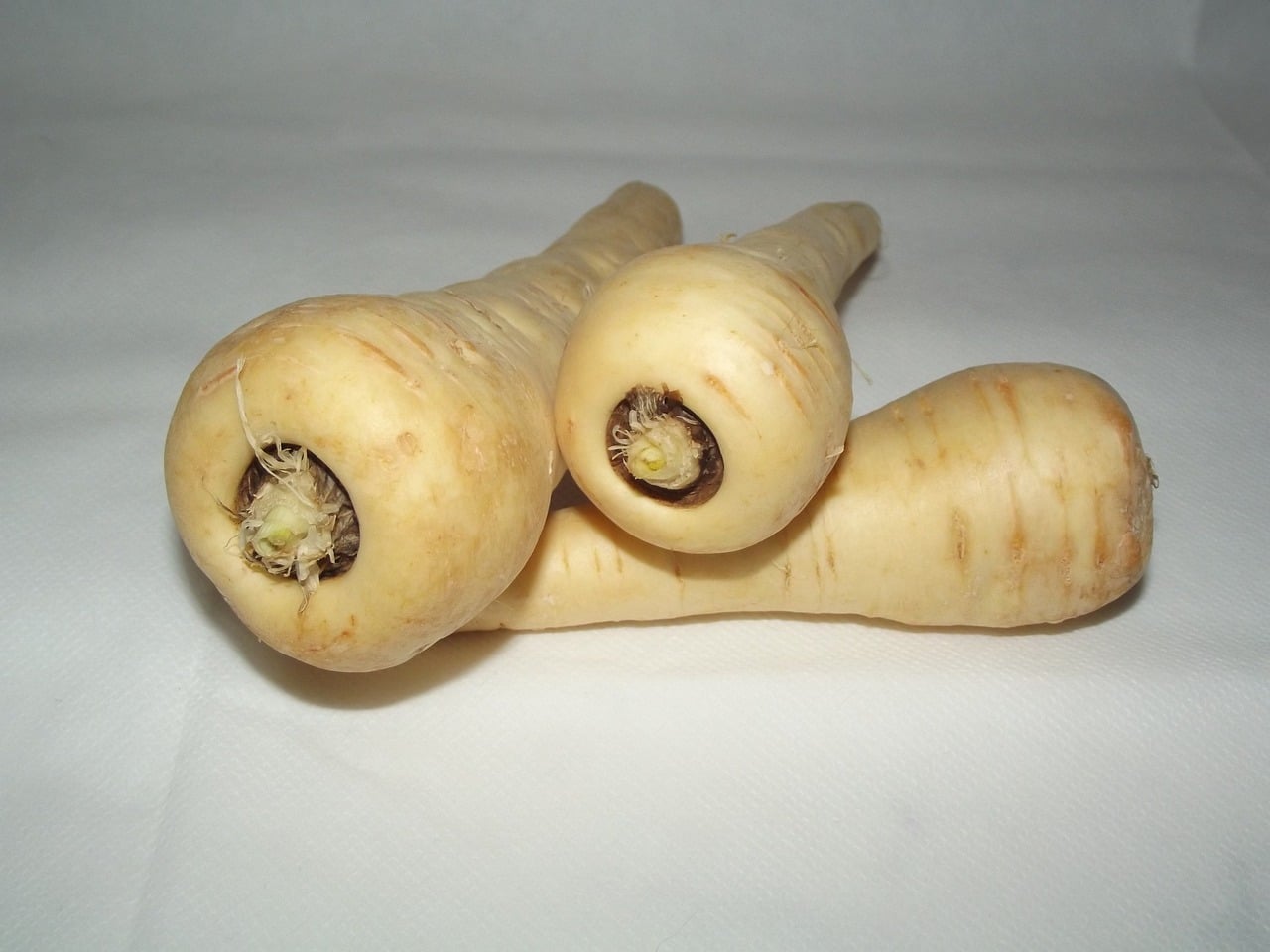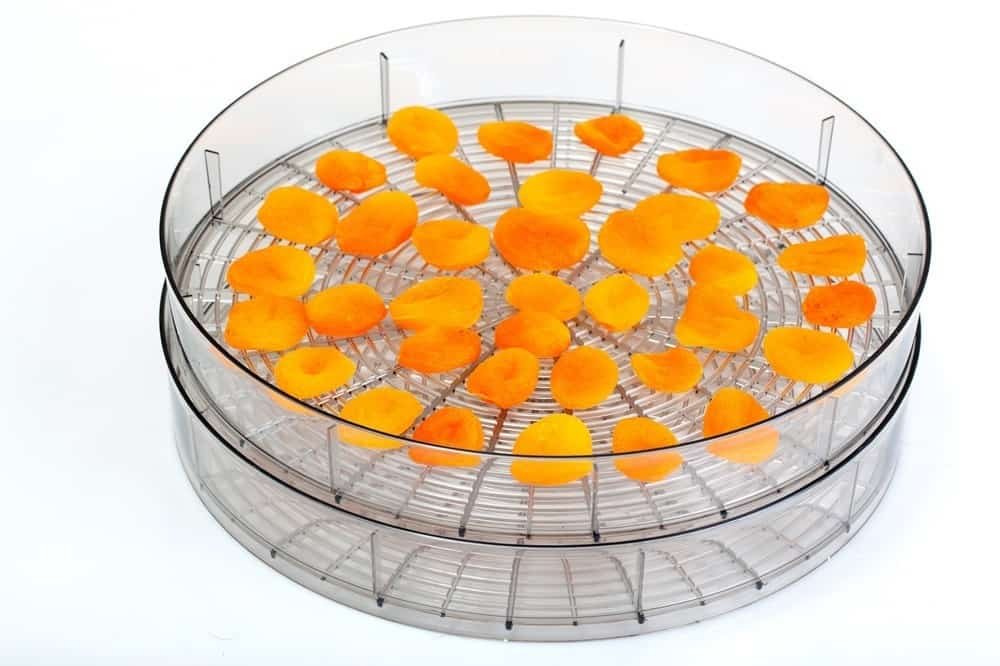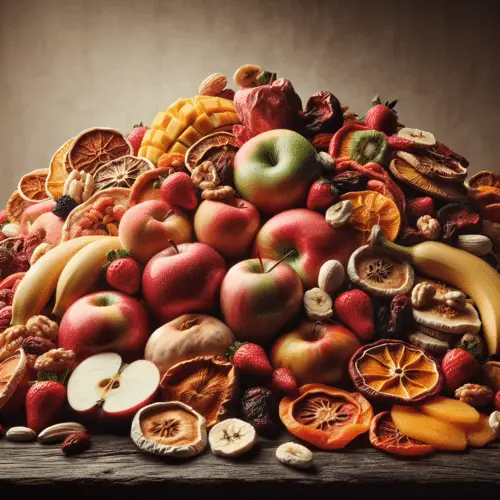Food dehydration techniques are one of the easiest ways to preserve your figs and compared to some other fruits; the preparation is pretty minimal. Fig season is short but brings an abundance of figs, making it the perfect time to preserve them.
Fresh figs are usually abundant during the summer, but once winter sets in, it becomes difficult to get them. However, dehydrating figs is a great way to preserve them for use all year round. The process is simple and there are many fig recipes you can try using dried figs. Dried figs are also excellent snack and can be used as a natural sweetener. Harvesting figs from a fig tree is a joyful experience, and preserving them ensures you can enjoy their flavor throughout the year.
The only ingredient you need when dehydrating figs is your fresh figs. There are different varieties of figs, but dehydrating them takes the same process. You may use an oven to dehydrate your figs but the best way to dehydrate your figs is by using a food dehydrator
Below is one of my favorite ways of dehydrating figs. Let’s find out more
Introduction to Dehydrating Fresh Figs
Dehydrating fresh figs is a simple and effective way to preserve these delicious fruits and enjoy them throughout the year. Fresh figs are a sweet and nutritious fruit that are rich in vitamins, minerals, and antioxidants. However, they are highly perishable and have a short shelf life, making dehydration a great way to extend their storage life. By removing the water content, dehydration prevents the growth of bacteria and mold, allowing you to store fresh figs for months or even years. This method not only retains the figs’ natural sweetness but also concentrates their flavors, making dried figs a delightful addition to various recipes or a tasty snack on their own.
Understanding Food Dehydrators
A food dehydrator is a kitchen appliance that uses low heat and air circulation to remove the water content from food, preserving it for later use. Food dehydrators are perfect for dehydrating fresh figs, as they provide a controlled environment that allows for even drying and prevents spoilage. When choosing a food dehydrator, consider the size, temperature control, and air circulation features. A good food dehydrator should have multiple trays, adjustable temperature settings, and a powerful fan to ensure even drying. These features help maintain the quality and nutritional value of your fresh figs, making the dehydration process efficient and effective.
Choosing the Right Figs for Dehydration
Choose ripe, good quality figs for best results. Fresh figs with their pink-purple color are at their best in two seasons: “breba” in June and “new wood” from August to October. They grow on big trees in warm climates and California produces most of the figs in the US. When choosing figs make sure they are slightly soft to the touch, no blemishes and no cracks on the skin. Figs are packed with nutrients, especially copper and vitamin B6 so they make a great healthy snack.
Preparing Fresh Figs for Dehydration
Before dehydrating fresh figs, it’s essential to prepare them properly to ensure even drying and prevent spoilage. Here are some steps to follow:
-
Wash the fresh figs gently with cold water to remove any dirt or debris.
-
Pat the figs dry with a clean towel or paper towels to remove excess moisture.
-
Remove the stems from the figs, as they can be tough and fibrous.
-
Cut the figs into quarters, halves, or leave them whole, depending on your desired texture and drying time.
-
Place the cut figs on the dehydrator trays in a single layer, making sure not to overlap them.
-
Set the dehydrator to the recommended temperature (usually 135°F) and let it do the work.
Note: You can also use parchment paper on the dehydrator trays to prevent sticking and make cleanup easier.
By following these steps, you ensure that your fresh figs are well-prepared for the dehydration process, resulting in delicious and long-lasting dried figs.
How Do You Cut Figs For Dehydration?
Instruction. Rinse figs. Remove the stem and cut out each fruit 2-3mm thick. Place the fig slices on an air-tight tray. Place your dehydrator in the dry fruit setting. When it’s warm. Store in airtight containers.
How to Dehydrate Figs in a Food Dehydrator
Well, if you have a food dehydrator, that will be an excellent place to start. Otherwise, you can use your oven but learning how to dry figs in a dehydrator is perhaps in a bit easier. Dehydrators give you greater control over the temperature, and they’re far more efficient; however, before you stick your figs inside, make sure that they are adequately prepared.
-
Gently wash the figs thoroughly. Figs are delicate, so be careful not to crush them. You may use a vegetable scrubber to remove all coatings and chemicals that may be present. Dry with a clean dish rag once you’re satisfied with the washing.
-
Heat a pot of water until it boils. Dip the figs into the boiling water using a metal strainer and leave for about 30 seconds. Remove the figs and immediately place them in an ice bath. Doing this will help loosen the figs’ skins and hasten dehydration.
-
Dry with a clean dish rag or paper towel. You may remove the stems if you wish.
-
Cut smaller figs in half and larger ones into quarters.
-
Soak the cut figs in an ascorbic acid mixture. This prevents browning and extends the shelf life of your figs. To make the ascorbic acid mixture, mix two and a half teaspoons of ascorbic acid and one quart of water, stirring until the ascorbic acid dissolves. Soaking the figs in an ascorbic acid mixture is not a required step but is recommended.
-
Place the figs in a single layer on the dehydrator tray, ensuring the cut sides are up. Leave enough space between them to promote airflow.
-
Set your dehydrator to the dried fruit setting or set it to a temperature of 140 degrees Fahrenheit. The amount of time required for your figs to dry depends on the moisture content, ripeness, and size of the figs. The humidity of your surroundings also weighs in.
-
Check on your figs after six hours to determine how much extra time is required. You can test for readiness by removing one and letting it cool. The seedy center should be dry to the touch with a little sponginess and the fig should be chewy.
-
Once the figs are dry, remove them from the tray and place them on a wire rack to cool.
-
Store the figs in airtight containers.
How Long Do Figs Take to Dehydrate?
Your dehydrator should have a “fruit” setting, but if not, you want them to dry at about 135 degrees.
When you are learning how to dry figs in a dehydrator, remember that dehydration times can vary, so it’s wise to keep an eye on your figs throughout the day. Dehydrating figs in dehydrator can take up to 24 hours to dry thoroughly, but if you have prepared them properly, they should finish more quickly than that.
However, the minimum dehydration time is roughly eight hours, so it’s a good idea to check your figs after about six hours and continue checking them frequently after that. Sometimes humidity levels and climate can affect drying time as well.
The figs are done when they are thoroughly dry, but they might still be a little chewy. Don’t hesitate to let one cool and eat it as a test.
How to Store Dried Figs
Once the figs are completely dried, allow them to cool before storing them in an airtight container. You can utilize one of three storage methods: room temperature, refrigerator, or freezer. If you’re storing your figs at room temperature, place the airtight containers with your figs in them in a cool, dark place. A glass jar with a rubber seal is an ideal airtight container for storing dried figs. You can also leave them in the original sealed package at room temperature. But this will only preserve them for about a month.
You may also choose to store your figs in the refrigerator. For increased shelf life, store your figs in the freezer. You should be able to use them for one to two years.
How Long do Dried Figs Last?
It’s much easier to store dried figs than fresh ones, and dried figs last much longer. The shelf life of dried figs depends on their size and storage conditions. Properly drying figs and using ripe figs can significantly impact their shelf life.
The smaller you cut your figs, the longer they will last. Dried whole figs don’t last as long as cut-up figs because less moisture is removed during dehydration. If you cut your figs into quarters and halves and store them in a cool, dry place, they should be good for a longer period.
If you dehydrate your figs whole, check them for mold after a month or two to ensure they are safe to eat. Cut your figs before dehydrating and store your figs away from humidity. They can last for more than a year if properly dehydrated and stored.
How to Use Your Dehydrated Figs
There are various fig recipes that you can enjoy using your fresh figs. You can use dried figs in various ways too. Here are some of the ways you can use your dried figs:
-
Eat them whole like prunes or dried apricots.
-
They make a nice addition to your balsamic vinegarette once you’ve shredded them into tiny pieces.
-
Shred the figs and add them to your cream cheese.
-
They make a fine addition to your fresh summer salad when cut into quarters.
-
Use them as a topping on your breakfast porridge.
-
Add them to different dry fig recipes.
-
They complement several cheese varieties.
-
Add dry figs to trail mix.
How to Rehydrate Dried Figs
There are several reasons why you may want to rehydrate your figs. Rehydrating your figs is quite easy, and there are two methods you may use.
The first method of rehydrating your figs is by using hot water. Place your dried figs in a bowl of hot water and leave them for one to four hours. Test them every hour to see if they are rehydrated enough for you. Once they are rehydrated to your liking, strain them. If you want to use them immediately, you may soak them in cold water to hasten the cooling process.
The second method of rehydrating figs is by soaking them in fruit juice. Fruit juice adds flavor to your dried figs and you may opt for that instead of water. Wash and dry your dried figs before placing them in a bowl filled with juice. You may use cherry, cranberry, or pomegranate juice.
Soak the figs in the juice for a few hours and test them every hour to see if they are rehydrated to your liking. When you feel they are rehydrated enough, strain them and immediately use them in a recipe. Leaving them out will cause the juice to start fermenting. Only use the juice to rehydrate your dried figs if you will be using the figs within a few days.
Tips for Perfectly Dried Figs
Fig size and thickness is important in the drying process. Larger figs and whole figs will take longer to dry than smaller or sliced ones. To speed up the process quarter or slice the figs. Once dry store them in an airtight container like a glass jar and keep them in a dark cool place. Dried figs can last 6 to 12 months but for best flavour and texture eat them within a few months.
Dehydration Troubleshooting
To check if your figs are dry remove one from the dehydrator, let it cool and taste it. It should be chewy but not too moist. If your figs are not drying as expected check the temperature and humidity settings on your dehydrator. If your figs are drying out too much just rehydrate them by soaking in hot water for a few minutes to restore some moisture and juiciness.
Health Benefits of Dried Figs
Dried figs are nutrient bombs. As they dry the nutrients become more concentrated so they have more calcium, potassium and dietary fiber than fresh figs. These nutrients support digestion, heart health and blood sugar management. Adding dried figs to your diet is a healthy, natural sweet snack that gives you vitamins and minerals.
Final Thoughts
Figs are extremely healthy fruits. They are a good source of calcium and potassium and contain fiber. You can have access to figs all year round once you dehydrate them. Dehydrating figs is quite easy and using a food dehydrator is the best way to dry figs.
The length of time your figs are in the dehydrator depends on the humidity, the temperature of the food dehydrator, and the size and ripeness of the figs. Once dried, you should store them in airtight containers. With your figs dehydrated, they are available for consumption all year round.
Hey there, since 2016, my mission has been to provide you with the information and guides you need to make food dehydrating simple and fun. Whether you're a newbie or a seasoned pro, my site offers helpful guides, reviews, and recipes to enhance your dehydrating experience. I take pride in only recommending products I believe in, ensuring my readers' trust. As an affiliate of various programs, including Amazon Associates, your support helps me continue providing quality content. Thanks for stopping by, and happy dehydrating!

